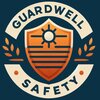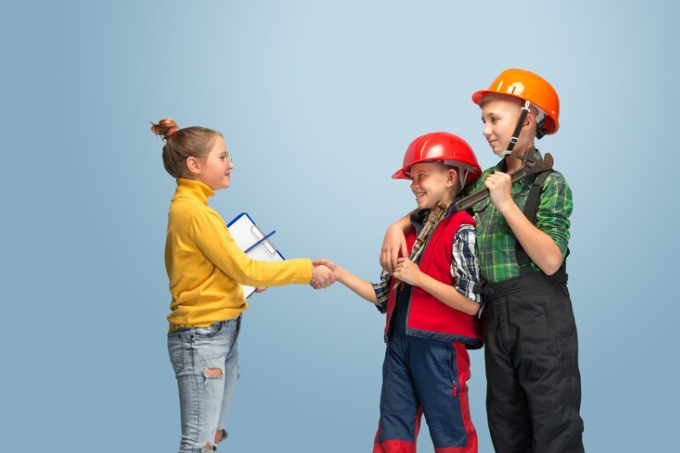Child safety is an important and thorough part of making sure the health and safety of our youngest citizens. It’s about making sure kids have a safe place to live where they can learn, play, and grow. This includes safety in the home, where hazards like sharp edges and household chemicals can hide in plain sight. It also includes safety outside, where kids need to be kept away from things like traffic, water, and playground accidents. But in this digital age, there is a new area of child safety to explore: internet safety. It is very important to teach kids and parents about the dangers of the internet, like cyberbullying and inappropriate material.
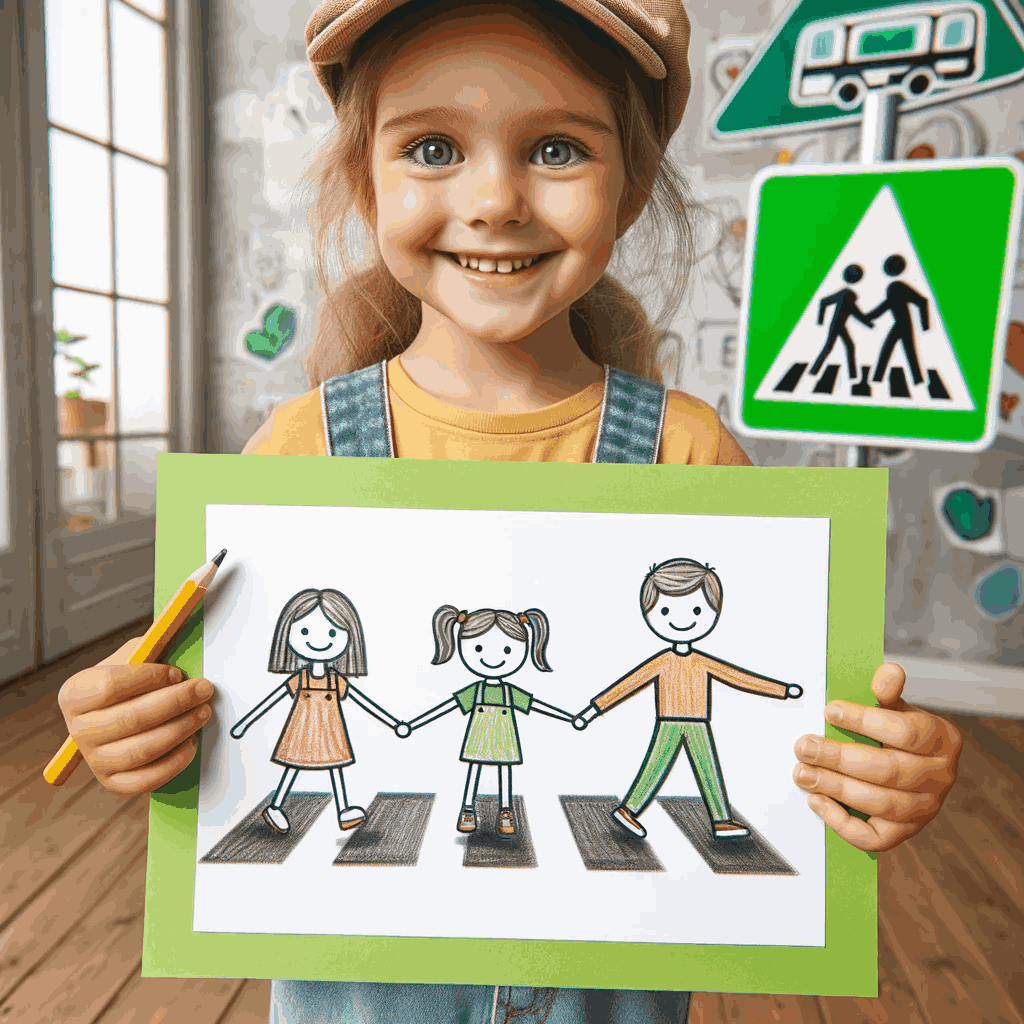
Also, a child’s mental health is an important part of their safety. It means giving kids a safe place to be where they can talk about their feelings, understand them, and learn good ways to deal with them. People often forget about this emotional part, but it’s very important to keep kids safe from mental and emotional harm.
To keep kids safe in every way, education and protection are very important. It is just as important to teach kids how to stay safe while crossing the street or using the internet as it is to teach adults how to make and keep places safe. Campaigns to raise awareness, school programs, and community projects all help get the word out about safety and build a culture of safety. Last but not least, keeping kids safe takes everyone to be alert, learn, and work toward making the world a safe place for all kids to grow up.
Home safety
Even though the house should be a safe place for kids, many everyday things can be very dangerous. Parents and other adults who care for kids need to take action to reduce these risks. Start by making your home safe for babies. Attach furniture to the walls so it doesn’t fall over, put up safety gates to keep babies off the stairs, and make sure little things that could choke them are out of reach. Pay extra attention to the kitchen and bathroom areas. Put locks on cabinets that hold dangerous items and nonslip mats near water sources.
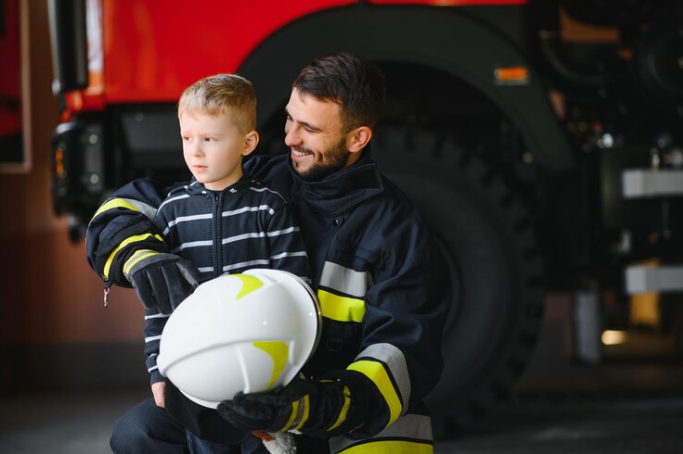
Supervision is very important, especially for kids who are younger. It’s not enough to just watch; you need to get involved and know what the child can and can’t do. For example, don’t just keep them away from hot objects and sharp tools; teach them how to stay safe around them. This method not only keeps accidents from happening, but it also teaches the child.
Child Safety Outside
For kids, the world is their playground when they go outside, but it also has its own risks. It’s important to teach kids about road safety; they should know to look both ways before crossing the street and how to use traffic lights. When they play, make sure they’re in safe places that are right for their age and that they know how to use the equipment safely.
Kids can avoid major injuries by wearing helmets and other safety gear when they ride bikes or skateboard. But adult guidance is the most important safety gear. Kids should also get to know their neighborhood and learn safe ways. It’s important to stress that kids should never go with strangers or go off by themselves.
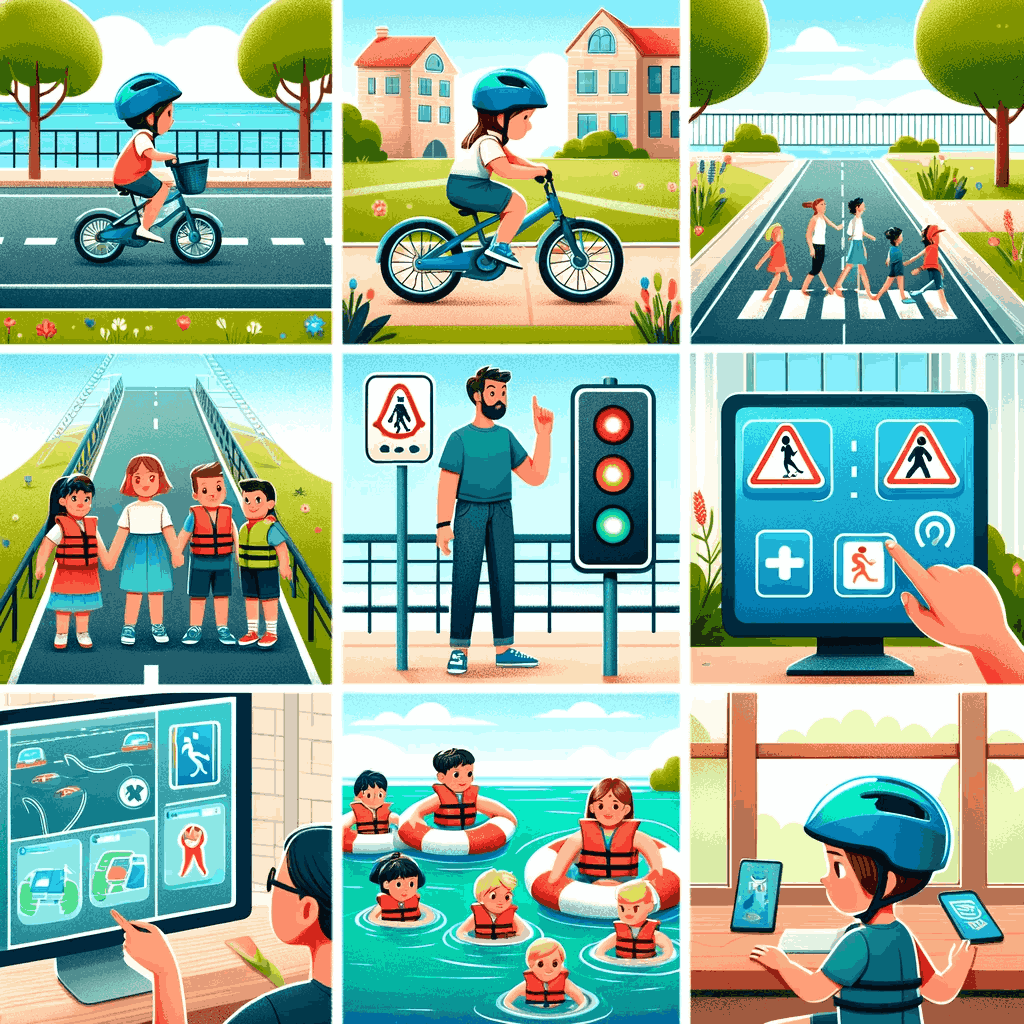
Stay safe online
The digital world is full of information and ways to connect with others, but it also has a lot of risks for kids, like harassment, seeing inappropriate content, and meeting people who want to hurt them. Parents can keep an eye on what their kids do on the internet, set clear rules, and use parental tools to keep them safe. Get them to talk about their experiences online in an open way, and teach them about how digital tracks last forever.
It’s important to create a space where kids feel safe talking about their online contacts. Teach them why it’s important to keep personal information private and what could happen if they talk to people online. Check in on them often to see what they’re doing online and talk about any worries they may have.
Child Safety and emotional health
The safety and mental health of a child are inextricably linked. It is very important for kids to be in a safe place where they feel heard and understood. Encourage kids to talk to each other freely so they feel like they can share their fears. A big part of this is dealing with bullying, both in person and online. Give kids ways to deal with bullies and reassurance that they have people who will back them.
Health in the mind is just as important as health in the body. Seeing the first signs of anxiety, depression, or other mental problems early on can help people get help and support right away. Kids can build resilience and self-esteem by praising their efforts, helping them learn how to solve problems, and loving and supporting them no matter what.
Educating and stopping
Kids should learn about safety early on, with rules and conversations that are geared toward their level of knowledge. Schools and community programs can be very important in this education because they offer tools and structured ways to learn about different types of safety.
Parents should also learn about the safest ways to keep their kids around and look for tools that can help them and their kids. This could mean going to classes, reading helpful books, or going to trustworthy websites that are all about keeping kids safe. Parents and kids will be better prepared to deal with possible dangers if they know more about them.
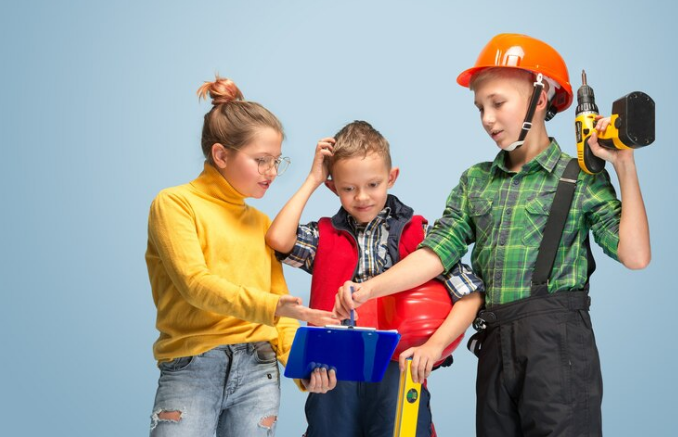
Developing a Mindset That Values Safety
Instilling in kids a safety-conscious attitude is an important part of their growth that goes beyond just following the rules. It’s about teaching them to be aware, take care of themselves, and be responsible that they will carry with them into life. To give kids the skills they need to stay safe in different settings, the goal is to get them to think about the results of their actions and stay aware of what’s going on around them.
Use everyday situations as teaching moments to help people think this way. For example, when crossing the street, talk about the purpose of traffic lights and how important it is to look both ways. Stress the general idea of being alert in public places. Also, when kids are playing at home or in the park, point out possible dangers and show them how to stay away from them. This will teach them to be aware of their surroundings.
Having talks with kids about safety helps them understand “why” rules are important, which makes it more likely that they will follow them. Get them to talk about their worries and ask questions, so that there is an open conversation about safety. Honor and praise their safety-aware actions. This will keep them acting in a good way and make them proud of their ability to look out for others and themselves.
At the end of the day, teaching kids to be safety-conscious means giving them knowledge, awareness, and a feeling of responsibility. By talking about and doing safe things every day, parents teach their kids to be careful and cautious in the world, setting them up for a lifetime of safety knowledge.
What schools can do to keep kids safe?
As an organized place to learn about a wide range of topics, from road safety to internet safety, schools are very important for keeping kids safe. Schools can do more than just teach academic subjects. They can also be safe places where kids can learn how to get along with others and solve problems. Ask the school where your child goes to hold safety training, drills, and seminars. Offer your time or resources to school safety projects to get involved. Also, schools should have clear rules about bullying and stalking so that all of the students can be safe and feel supported.
Resources and Participation in the Community
A child’s safety is greatly affected by living in a safe neighborhood. Learn about your neighborhood and the police in your area. Take part in or plan events for neighborhood safety. Lots of places let kids learn about safety services, like fire stations being open on certain days or safety talks led by the cops. Resources and workshops at local libraries on a wide range of safety issues are often very helpful for both parents and children.
Technology and Child Safety
It’s like a double-edged sword when it comes to child safety: technology has both risks and benefits. It makes problems like abuse and online predators easier to happen, but it also gives people useful tools to protect themselves and learn. Parents can use technology wisely by putting emergency tracking apps on their child’s phone, using teaching apps to teach safety rules, and starting open conversations about how to use technology in a safe and ethical way. Parents can use technology to improve their child’s safety and well-being by combining the good things about it with knowledge and control.
Play and learning can help make things safer.
Children learn and grow through play, which is also a natural and effective way to teach them important life skills, like how to stay safe. By adding safety lessons into games, kids can learn important ideas in a way that they enjoy and remember. For example, making games about road safety can help kids learn and follow the rules of the road. You can get a real, instinctive sense of street safety by simulating things like traffic lights, pedestrian crossings, and even being a driver. Making a fun quiz about things that keep you safe around the house or how to handle an emergency is another way to make learning fun and engaging.
Role-playing is another useful activity that lets kids act out different safety situations. As kids play pretend, they can learn what to do if there is a fire at home or if they get lost in a public place. This way makes them think more deeply and make choices, which helps them learn more. They can use what they’ve learned without fear of failing, which helps them remember it and use it in real life.
Putting these lessons into play not only makes learning fun, but it also helps the kids remember what they’ve learned. When kids find things interesting and fun, they are more likely to remember them and understand them. Parents and teachers can give kids the information and skills they need to be more safe and confident in the world by teaching them safety through play.
First Aid and What to Do in an Emergency?
In an emergency, knowing basic first aid can save your life. Teach kids simple first aid skills, like how to put on a bandage and treat small burns. Talk about what to do in different kinds of situations, like fires, earthquakes, or when someone is sick. For safety reasons, make sure they know how to call 911 and what to say. A fun and interesting way to practice these skills with your family is to have regular games. Remember that knowing what to do in an emergency and practicing it will give you courage.
Being aware of and respecting boundaries
To keep child safety and healthy, it’s important to teach them about personal limits. Talk about the idea of “personal space” and how important it is to respect other people’s limits. They should learn that it’s okay to say “no” if something makes them feel bad and that they can talk to an adult they trust if they’re worried about something. This information keeps them safe from harm and helps them build healthy, respectful relationships with other people.
Putting together a helpful network
For child safety, a strong support network is very important. This includes family, friends, teachers, and people in the neighborhood. Help kids find people they can trust and go to when they need help or are in trouble. Show them how important it is to watch out for their friends and talk about it when they see something is wrong. Kids will know they’re not alone and have a safety net of people who care about them because of this link.
Learning and adapting all the time
The risks kids face change all the time, just like the world itself. Keep up with new safety issues and trends, especially those that have to do with social media and technology. Update your safety habits on a regular basis and talk to your kids about these changes. Get them to talk about their worries and ask questions. Safety is something that both kids and adults talk about and learn about all the time. We can make the world a better place for our kids to grow up by being alert and learning.
In conclusion
Child safety is a complicated but very important part of growing and taking care of kids. By learning about and using methods in different settings, like at home, outside, online, and emotionally, we can greatly lower risks and make the world a safer, better place for kids. It takes everyone’s attention, knowledge, and constant communication to make it work. We should all make child safety a top concern and make sure that all children can grow up in a safe and loving place.Top of Form





